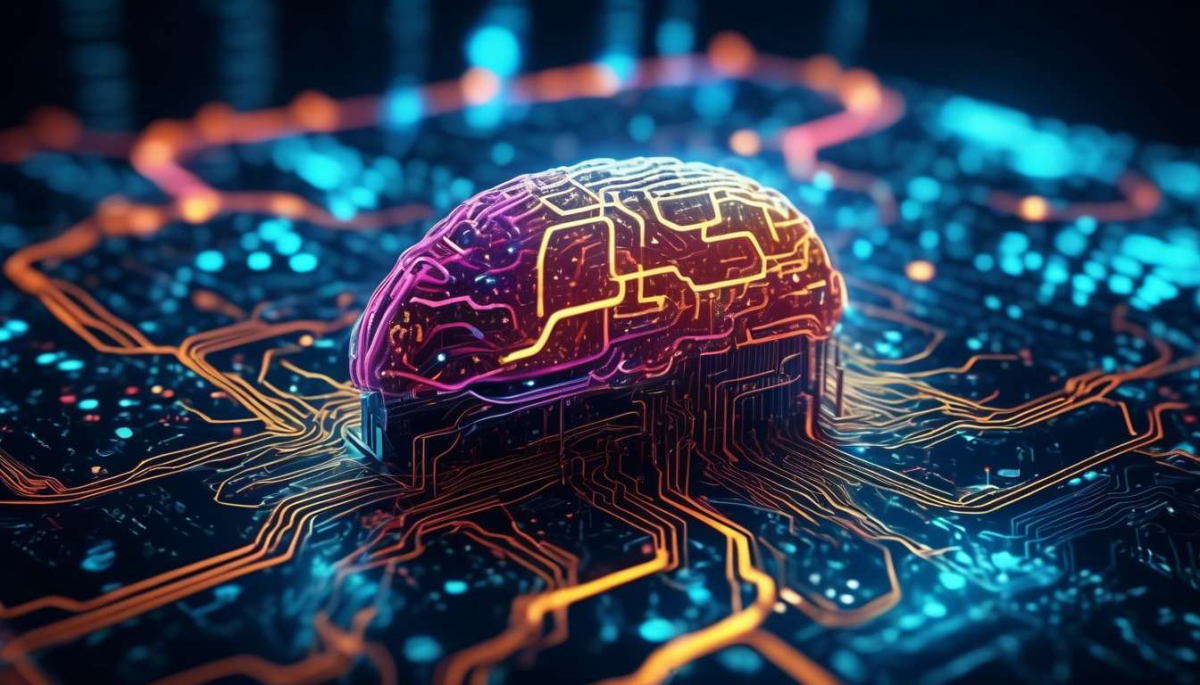AI systems and analysis of text and image content to make unstructured information
The rapid advancement of artificial intelligence (AI) technologies has significantly transformed the landscape of data analysis, particularly in processing unstructured information such as text and image content.

AI systems are now capable of efficiently interpreting and analyzing vast amounts of unstructured data, which traditionally posed considerable challenges due to its complexity and variability. This capability is pivotal in various sectors, including:
- Healthcare
- Finance
- Marketing
In these sectors, extracting actionable insights from text and imagery can drive innovation and improve decision-making processes.
By utilizing sophisticated algorithms and machine learning models, AI-driven solutions can:
- Identify patterns
- Analyze sentiments
- Detect trends within unstructured data
This offers a deeper understanding of consumer behavior and market dynamics.
This article explores the methodologies employed by AI systems to bridge the gap between unstructured data and actionable insights, highlighting the benefits and potential challenges associated with their implementation.
The discussion also delves into the future implications of AI-enhanced data analysis in an increasingly data-driven world.
Ultimately, leveraging these AI tools can significantly enhance your ability to get the information you need efficiently and accurately.
AI-driven Text Analysis Techniques
AI-driven text analysis techniques utilize advanced algorithms to efficiently extract insights from large volumes of unstructured information. These techniques employ Natural Language Processing (NLP) to interpret and understand human language in a meaningful way.
NLP involves:
- Syntactic analysis: Understanding the structure of sentences.
- Semantic analysis: Grasping the meaning of words and phrases.
This enables organizations to gain valuable insights from documents, social media, and other textual sources.
Computer Vision, although primarily associated with image analysis, also plays a role in text analysis by enhancing text recognition in images, such as:
- Scanned documents
- Pictures containing textual elements
Data extraction is a critical component of AI-driven text analysis, allowing for the retrieval of relevant information from vast datasets. This process involves identifying patterns and trends, which can be used to inform decision-making and strategic planning.
By integrating these advanced technologies, businesses and organizations can achieve a deeper understanding of their data, fostering a sense of community through shared knowledge and collaborative growth.
Image Content Processing with AI
AI-powered image content processing revolutionizes the way organizations analyze and interpret visual data, enabling rapid and accurate extraction of insights from diverse image sources. This transformation is largely facilitated through the integration of Computer Vision and Natural Language Processing technologies. By leveraging these advanced techniques, organizations can automate the identification and categorization of image elements, allowing for more efficient data extraction and analysis.
Computer Vision, as a pivotal component, provides the capability to:
- Detect and interpret patterns within images
- Facilitate a deeper understanding of visual content
- Convert images into structured data
This structured data can then be analyzed alongside textual information.
Natural Language Processing enhances the interpretative capabilities of systems by:
- Contextualizing image metadata
- Associating textual descriptions
- Bridging the gap between visual and textual data
The synergy of these technologies ensures that image content processing aligns with the evolving needs of data-driven environments. This fosters a sense of community and belonging among organizations dedicated to leveraging AI for enhanced decision-making.

Extracting Insights from Unstructured Data
Organizations increasingly harness AI technologies to derive valuable insights from vast amounts of unstructured data, transforming raw information into actionable intelligence. In an era where data drives decision-making, unstructured data, such as text and images, presents both an opportunity and a challenge.
By employing Natural Language Processing (NLP) and Computer Vision, organizations can unlock the potential within this data, turning it into a strategic asset.
Natural Language Processing (NLP):
NLP enables the comprehension and analysis of textual data by:
- Extracting key themes, sentiments, and patterns to inform business strategies.
- Processing vast volumes of written content to identify trends.
- Forecasting outcomes that resonate with stakeholders.
Computer Vision:
Computer Vision facilitates the interpretation of image-based data by:
- Recognizing patterns and objects.
- Contributing to a comprehensive understanding of visual content.
Data Extraction Techniques:
Data Extraction techniques further enhance these capabilities by:
- Automating the collection and classification of relevant information from diverse sources.
Through these advanced AI solutions, organizations foster a sense of community, as shared insights drive collective growth and innovation.

Challenges in Unstructured Information Analysis
Despite significant advancements, analyzing unstructured information presents numerous challenges, such as:
- Data variability
- Integration complexities
- The need for high computational resources
Data Diversity:
The diversity of data formats and sources often complicates the seamless assimilation of information.
Techniques Involved:
-
Natural Language Processing (NLP):
- Must navigate intricacies to ensure accurate Data Extraction.
- The vast array of languages and dialects complicates efforts.
- Requires sophisticated algorithms to extract meaningful insights from text.
-
Computer Vision:
- Faces hurdles with variations in resolution, lighting, and angle.
- These factors can impede the effective analysis of visual data.
Integration and Resources:
Integrating these technologies into existing systems necessitates substantial computational resources, often beyond the capabilities of traditional infrastructure.
Collaboration and Innovation:
Collaboration and innovation within the community are essential to address these challenges. Fostering an environment where shared knowledge and resources contribute to overcoming barriers in unstructured information analysis is critical.
Adaptation and Progress:
Adapting to these challenges is crucial for progress in this rapidly evolving field.